
Powiedz znajomym o tym przedmiocie:
Roman Arches
Charles River Editors
Roman Arches
Charles River Editors
*Includes pictures
*Includes a bibliography for further reading
Some of the most iconic symbols of the Roman Empire that have survived into the modern world today are the arches that Romans erected to commemorate military victories and glorify individual emperors. The story of how arches came to be used throughout the Roman world in such a way is one that involves the evolution of the military and its leaders into the political forces that came to dominate the state, and those arches, along with the triumphs that came to be associated with many of them, were key parts in the process of exhibiting the might of both Rome. At the same time, they were meant to mark the individual achievements of Rome's rulers, making them an enormous and expensive PR exercise that steadily grew over the years.
At its most basic, and in its earliest incarnation, the arch was a celebration of achievement and, as such, was part of a whole series of methods used by the Romans to record, reward, and publicize success. However, as the imperial period progressed, the arch came to symbolize much more and became exclusively associated with imperial might through the building of triumphal arches. The story of those arches is inextricably linked to the promotion of Rome as the greatest of all powers, and of its leaders as the most worthy and able of all commanders.
Triumphal arches in Rome provided a centerpiece for triumphs that were restricted to the emperors and their immediate families after the establishment of the Roman Empire, but arches in the wider empire did not have this specific function. That said, as with those in Italy, foreign arches were strategically placed to ensure they were seen and passed through by the maximum number of people, subjecting them to scenes depicting Roman victories on a regular basis. These arches were inextricably linked to promoting Rome as the greatest of all powers, and also bound up in the policy of Romanization and assimilation of conquered territories and populations.
Of course, these arches have intrigued historians for years. Franz Botho Graef, a German classical archaeologist and art historian, a prominent expert in the area, devoted his life to the identification and cataloguing of Roman arches. He documented 125 extant arches, and 30 further examples discerned from the literature or other sources, scattered throughout Rome and its provinces. Graef's listing is usually taken as the starting point for subsequent researchers, but another eminent historian in the field, A. Frothingham, has disputed Graef´s listings, arguing that only 115 of the 125 identified arches actually existed. He also claimed to have identified 280 further "monuments and arches," the majority of which were located within Asia Minor, North Africa, and Syria. However, this methodological approach introduced a new category - monuments - into the cataloguing process, which has only served to complicate the debate.
The building process of arches was long and protracted, but it typically served the empire well. Indeed, the success of this physical statement can perhaps be best measured by the number of similar arches erected around the world centuries after the end of the Roman Empire, including the Arc de Triomphe in Paris, the Narva Triumphal Arch in Saint Petersburg, the Wellington Arch in London, and the India Gate in Delhi.
Roman Arches: The History of the Famous Monuments in Rome and Throughout the Roman Empire examines the events surrounding the celebrations, accounts of them, and how the arches influenced other architectural monuments. Along with pictures depicting important people, places, and events, you will learn about Roman arches like never before.
| Media | Książki Paperback Book (Książka z miękką okładką i klejonym grzbietem) |
| Wydane | 3 grudnia 2019 |
| ISBN13 | 9781671215979 |
| Wydawcy | Independently Published |
| Strony | 152 |
| Wymiary | 216 × 280 × 8 mm · 367 g |
| Język | English |
Więcej od Charles River Editors
Inni również kupili
Zobacz wszystko od Charles River Editors ( np. Paperback Book i Book )

 Świąteczne prezenty można zwracać do 31 stycznia
Świąteczne prezenty można zwracać do 31 stycznia




















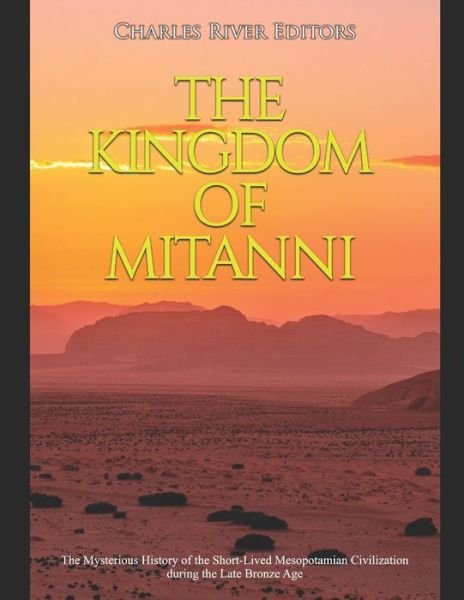
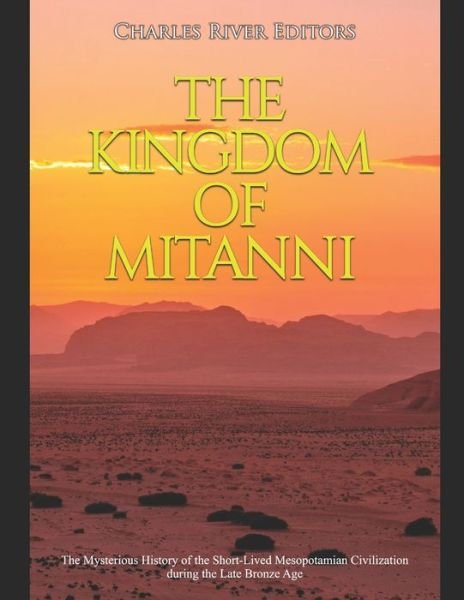
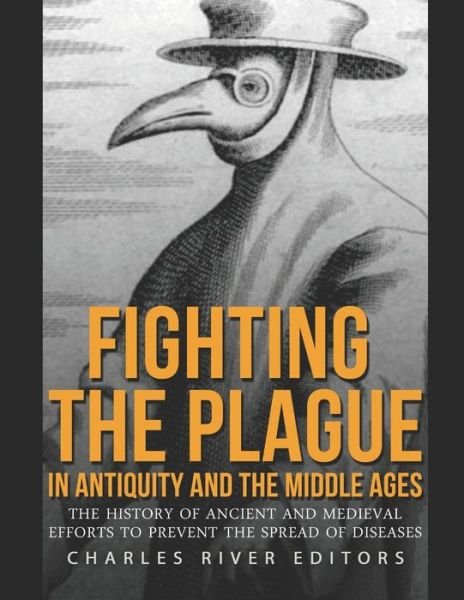



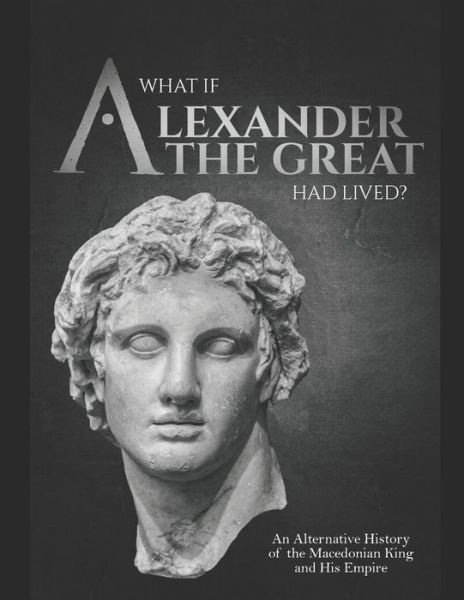

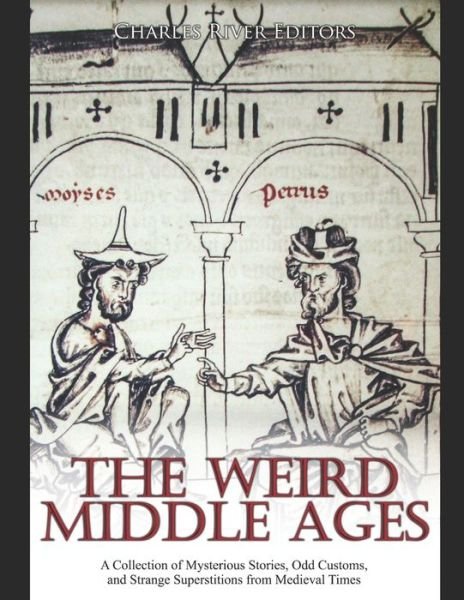
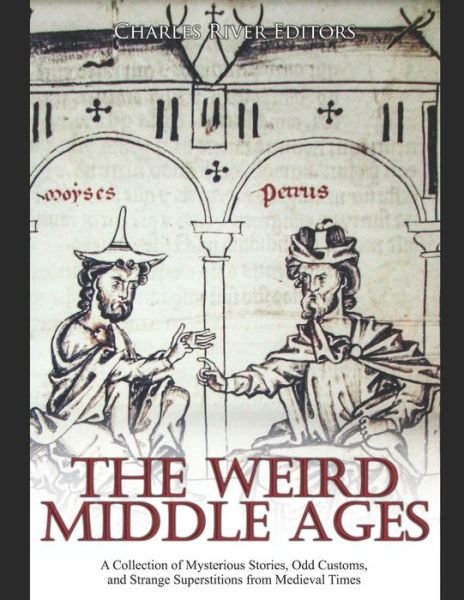
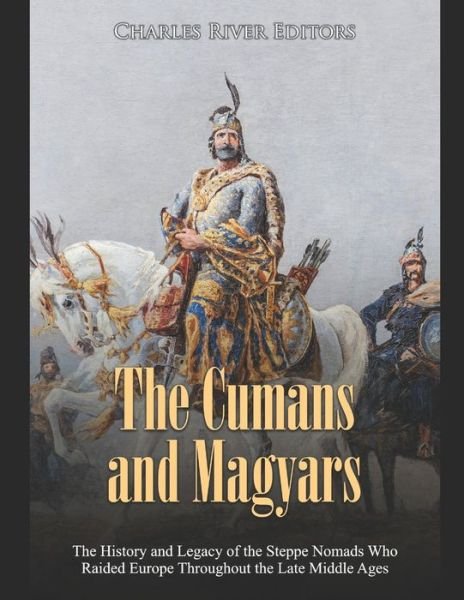
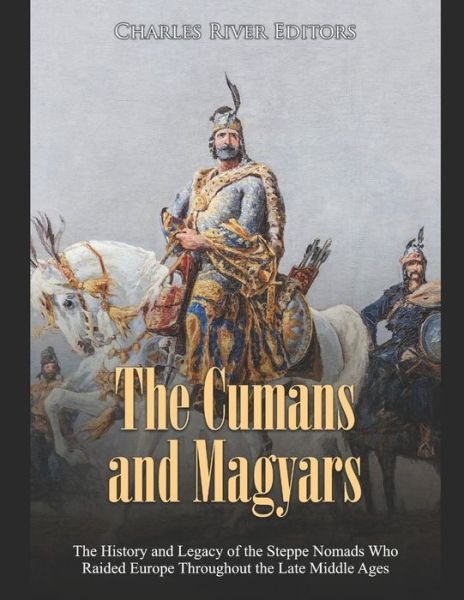
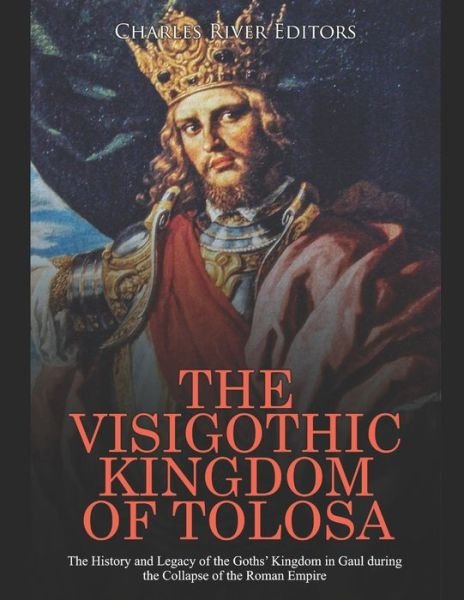
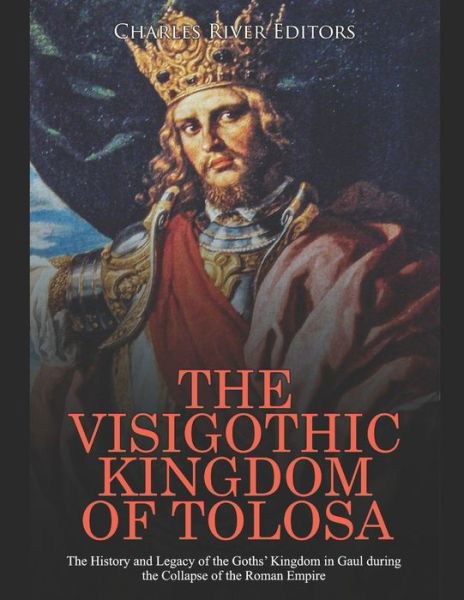


![Cover for Charles Dickens · Den hjemsøgte mand og åndens tilbud (Nyillustreret) (Bound Book) [1. wydanie] (2022)](https://imusic.b-cdn.net/images/item/original/123/9788772048123.jpg?charles-dickens-2022-den-hjemsoegte-mand-og-aandens-tilbud-nyillustreret-bound-book&class=scaled&v=1654049104)
![Cover for Linda Lehun · Musikbogen (Paperback Book) [1. wydanie] (2016)](https://imusic.b-cdn.net/images/item/original/063/9788759891063.jpg?linda-lehun-2016-musikbogen-paperback-book&class=scaled&v=1486719785)
![Cover for Dian Hanson · The New Erotic Photography - Bibliotheca Universalis (Hardcover Book) [Multilingual edition] (2017)](https://imusic.b-cdn.net/images/item/original/715/9783836526715.jpg?dian-hanson-2017-the-new-erotic-photography-bibliotheca-universalis-hardcover-book&class=scaled&v=1490369714)





![Cover for Jesper Wung-Sung · To ryk og en aflevering (Sewn Spine Book) [3. wydanie] (2009)](https://imusic.b-cdn.net/images/item/original/996/9788763811996.jpg?jesper-wung-sung-2009-to-ryk-og-en-aflevering-sewn-spine-book&class=scaled&v=1341784896)



![Cover for Claus Drengsted-Nielsen · Lille dansk grammatik (Sewn Spine Book) [1. wydanie] (2016)](https://imusic.b-cdn.net/images/item/original/692/9788702194692.jpg?claus-drengsted-nielsen-2016-lille-dansk-grammatik-sewn-spine-book&class=scaled&v=1499896829)
